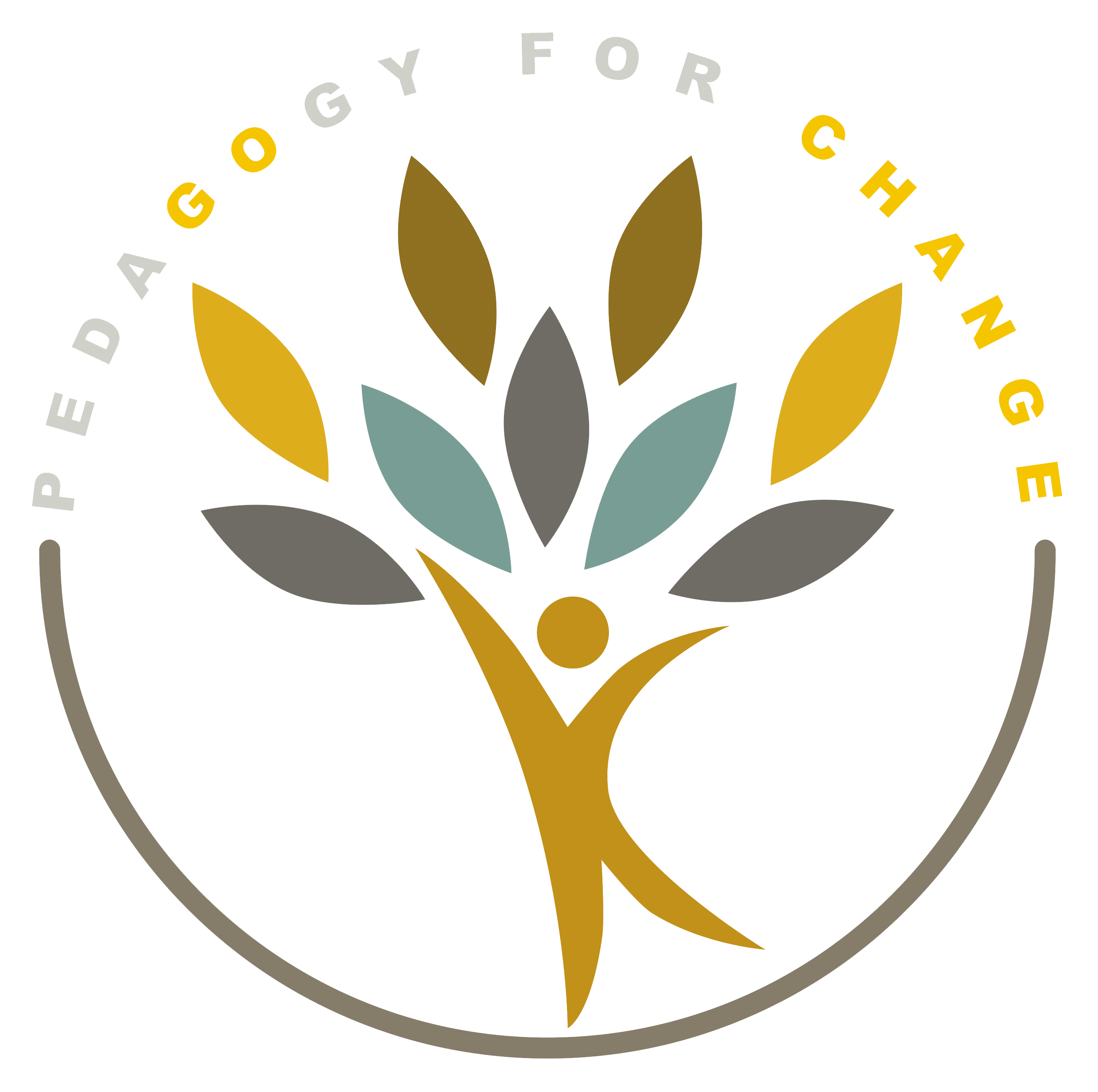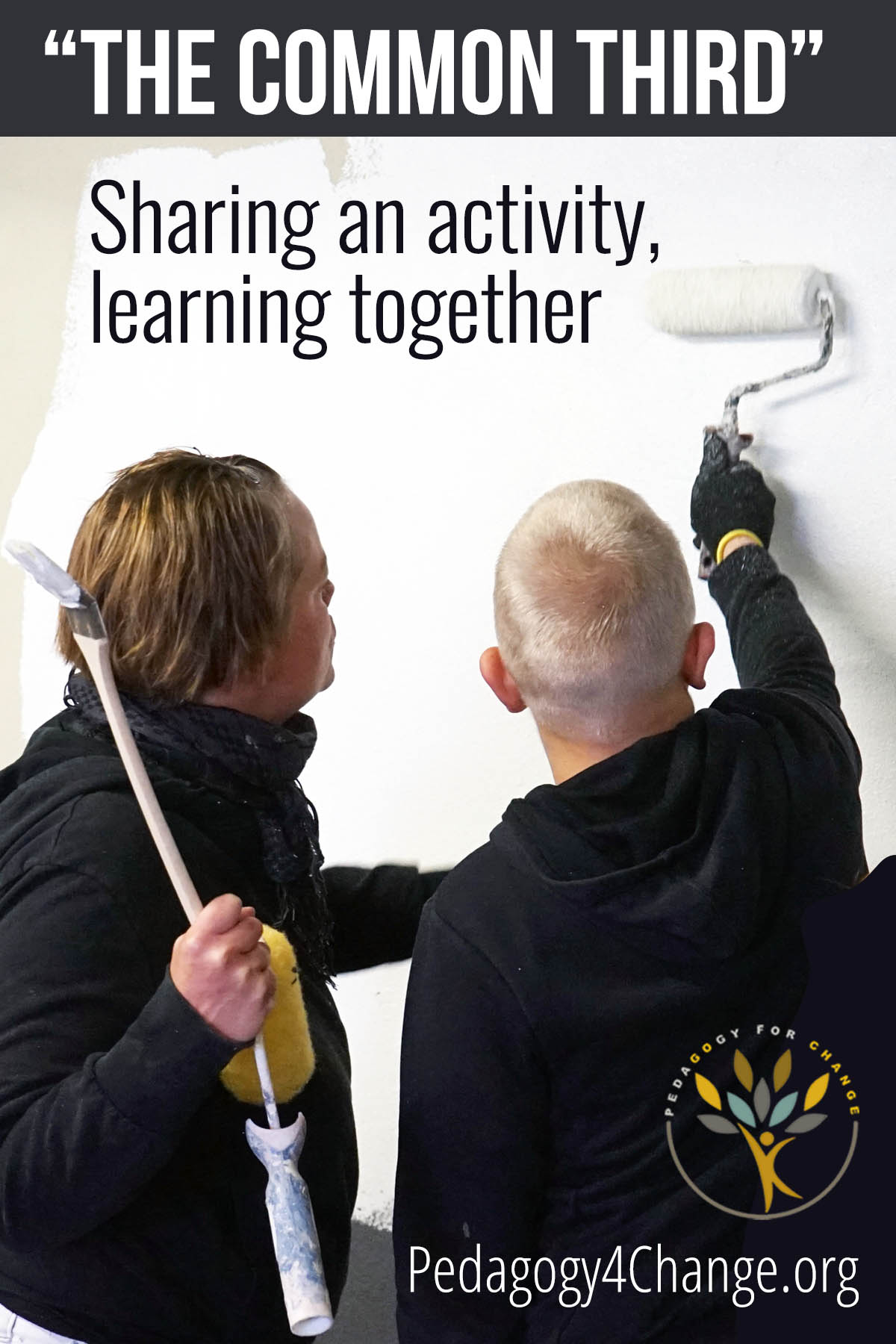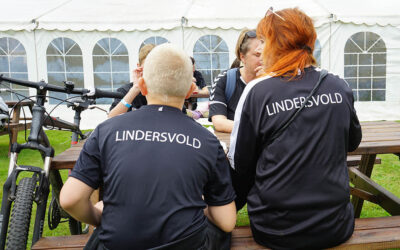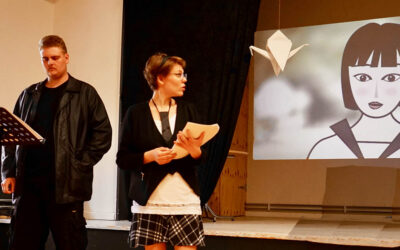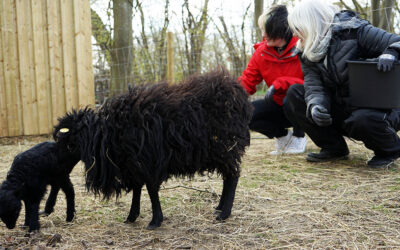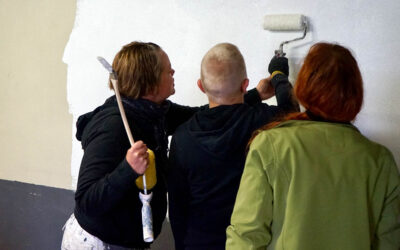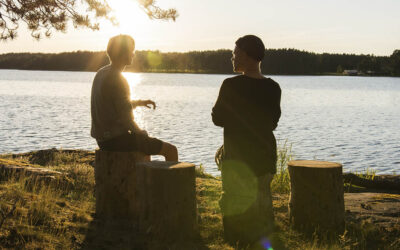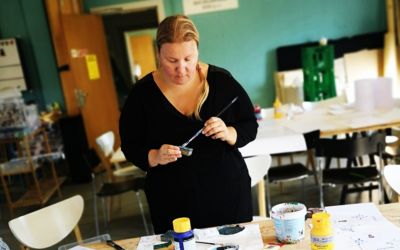


Artful expression in teaching & learning
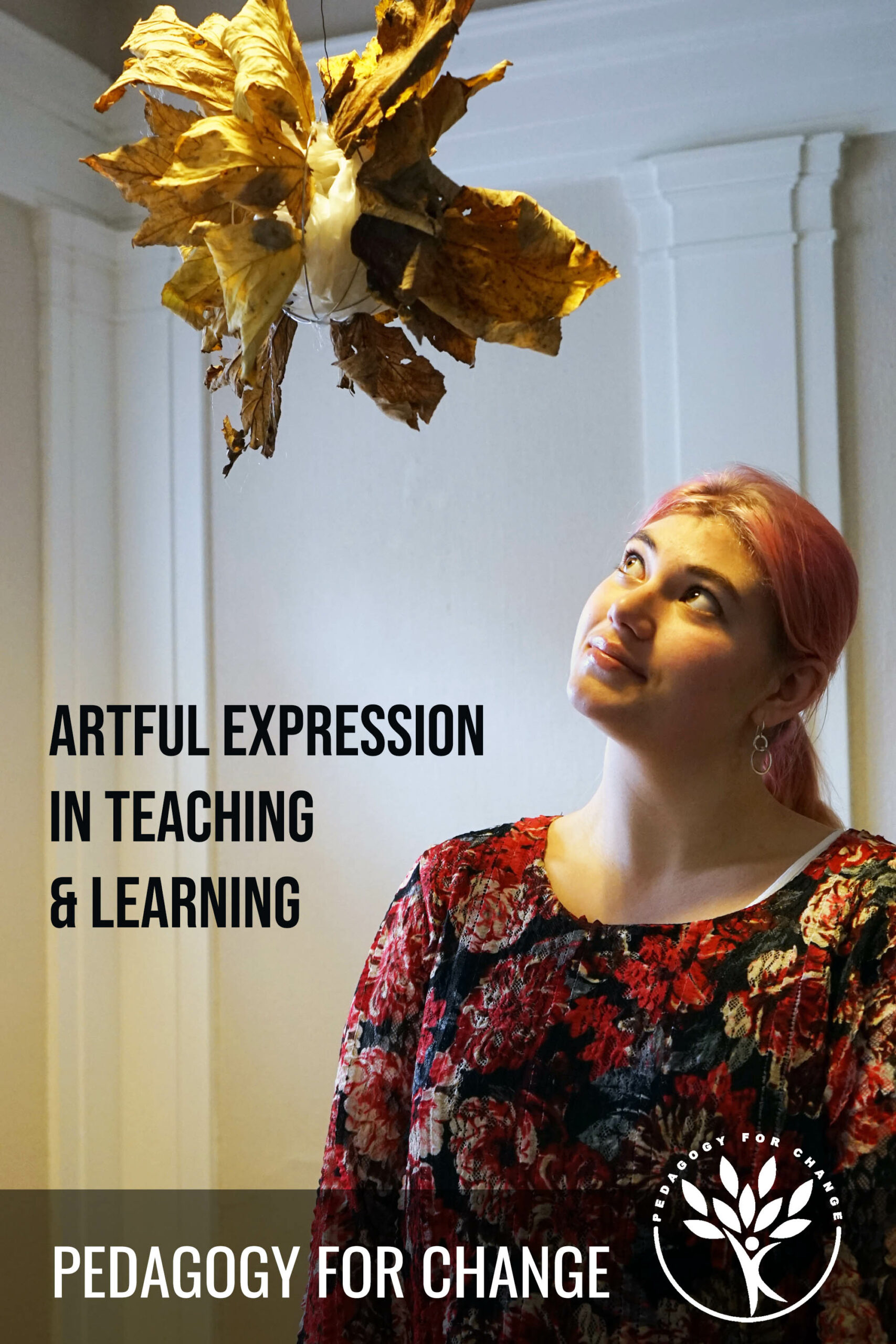
Art is an important pedagogical tool which provides an opportunity for students and teachers to work with open-ended solutions rather than striving for conventional error-free products like essays or science reports.
Creative expression can be highly beneficial, especially for students who find it difficult to articulate their thoughts or structure their tasks. Open-ended work like works of art is also perfect for students who are terrified of making mistakes. When we express ourselves with different art forms there is no right or wrong, and students will gain confidence in themselves, especially if their teachers lead the way and dare to experiment together with them, even though they are not specialists themselves under the slogan: “Art is not something we are good at, art is something that we do.”
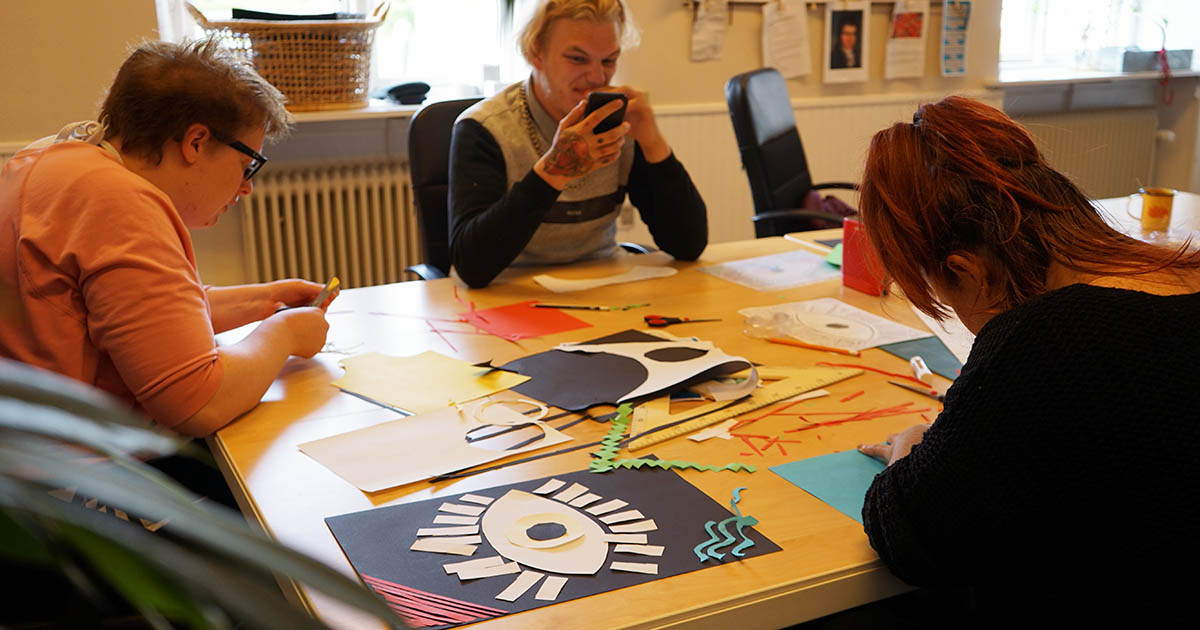
The language of art
Teachers can let students (and themselves) use the language of art to let students express themselves in different ways. Using “the language of art” means that we can express ourselves without having to be experts in artistic techniques. It’s not about being a professional artist or possessing artistic talent, not at all. It’s about enjoying ourselves, and having fun while we express ourselves using the language of art, which can be done in many different ways; drawing a map with a stick in the sand. A pearl plate design. A mixed media collage with cut out pictures from magazines. A playful rhyme or poem or rap that talks about a dilemma. A tattoo design (that can open up for talks about the symbolism and the underlying reasons and feelings connected to it). Or an Instagram story with a background picture, well-chosen quote and a sticker that gives it a certain twist – just to give a few examples.
Again, it’s not about being good at it, it’s not about putting that piece of art into a golden frame to be exhibited, it’s about the process – it’s about experimenting with different ways of expression.
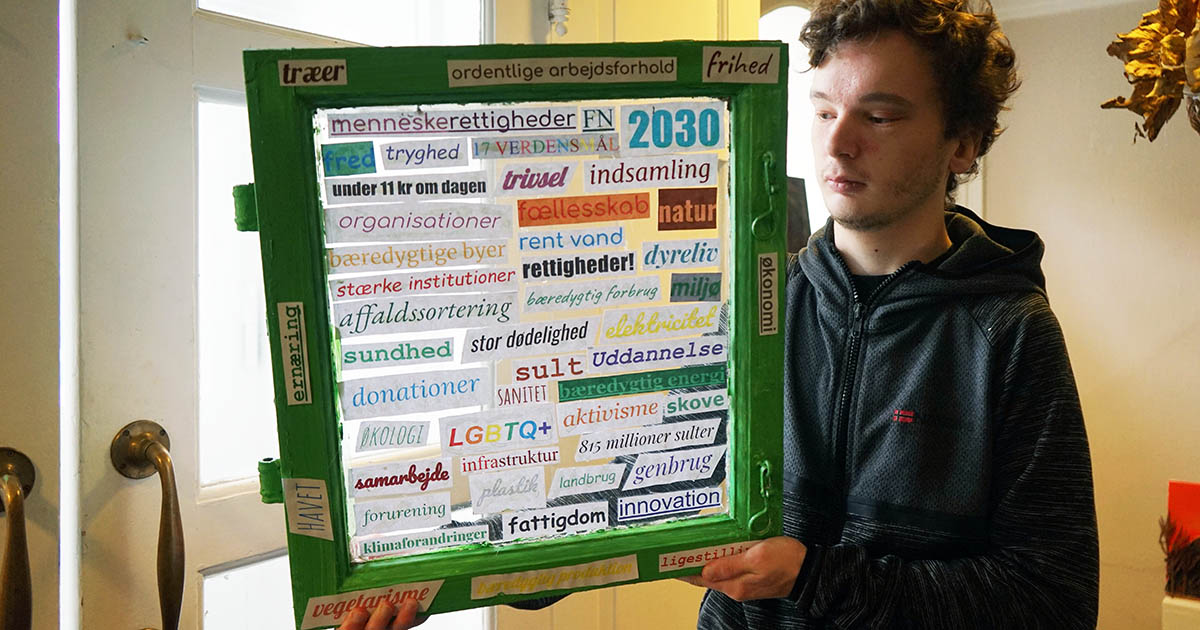
Traditional vs creative, open-ended learning
Mainstream schools often focus on measurable learning processes, where answers are correct or incorrect. Written compositions need to be spell-checked and the grammar error-free. Mathematical problems are recorded step by step towards their correct solution. Science reports are presented with tables and exact language. Papers are returned with percentages and grades on them. This is what most of us have experienced if we have attended a traditional school.
In creative learning processes, aesthetic expressions offer open-ended solutions, where there is no right or wrong. When students work with art projects, they have the opportunity to explore their reality in new ways, through reflection and contemplation. The products are subject to interpretation and discussion and can have multiple solutions and outcomes.

Art as a communication tool
When we work with artful expressions, we also use multiple intelligences, as described by Howard Gardner. These projects also give teachers and students alike the opportunity to work together and explore a number of phenomena, for example, their understanding of self, the ability to perceive, to remember, to adapt, to classify, to reason… to dream, to ponder, to create solutions.
For many students who haven’t had their needs met in conventional schools, and therefore have lost faith in traditional teaching and learning methods, artful expression can be a means to acknowledge their reality – themselves, others and the world around them. Working with art is a process whereby the students get the opportunity to tell something about themselves, their thoughts, ideas, fears and hopes – in other words, to communicate. The true essence of art is communication, after all.

Art as a common third
Creating art together is a great way to practice the concept of a “common third”. Here, it is important to note, that the educator / teacher / practitioner of social pedagogy does not need to be an expert. In fact, the opposite can be true. By daring to have fun and to sing, even though slightly out of tune, you encourage others to dare to sing, too. Drawing or painting even if you are not very confident in doing so, teaches your students a lot about who you are as a person, namely someone who doesn’t mind showing your flaws and who cares more about sharing than about being perfect. This is important as we strive to be authentic, trustworthy, human educators.
A ”common third” is an activity in which we as practitioners of pedagogy and the young person are genuinely interested. It doesn’t matter which of us is the more experienced, knowledgeable, or talented – what matters is that the activity enthuses both parties and that we like to engage in it together. The possibilities when we talk about art as a common third are endless. You can build a sandcastle together, or make Christmas decorations, or draw Manga characters, or compose a song for a special occasion together. It doesn’t matter what the end result is, what matters is the creative process and the social connections you build in that process.

“Art is not something we are good at, art is something that we do.”
Art Therapy – a definition
Art therapy is a form of expressive therapy that uses the creative process of making art to improve a person’s physical, mental, and emotional well-being.
The creative process involved in expressing one’s self artistically can help people to resolve issues as well as develop and manage their behaviours and feelings, reduce stress, and improve self-esteem and awareness.
Source: Art Therapy

MORE ABOUT SOCIAL PEDAGOGY
Social Pedagogy in Denmark
Scandinavian social pedagogy is known for its holistic practice which combines “head, heart and hands” – theory, empathy, and practice. A core value is respecting the individual’s rights.
Learning through theatre
Theatre is an important pedagogical tool which provides an opportunity for us to explore realms and realities outside of the classroom, without having to travel.
The Common Third
Creating an authentic learning space through a truly interesting, shared activity, is highly beneficial. The Common Third works as an ‘equaliser’ and is an important pedagogical tool.
Social learning in practice
We are social beings and therefore learning is an intrinsically social process. Learning takes place in many kinds of arenas, some of them arranged, where we interact with others in different contexts.
Inclusive Communication: 10 tips
Inclusive communication means sharing information in a way that everybody can understand for example people on the autism spectrum who need clearness and unambiguity.
Pedagogical Principles – an artistic expression
Graphic designer Eike Einmann designed 10 posters to represent the main pedagogical principles that lay the foundations of “Another Kind of School”.
